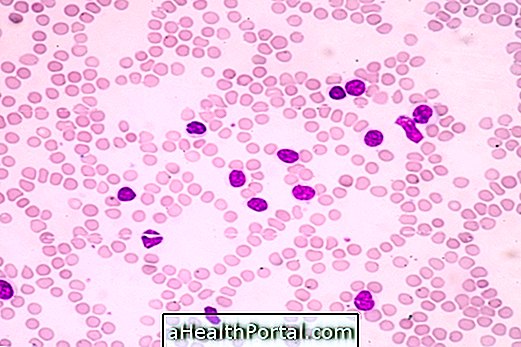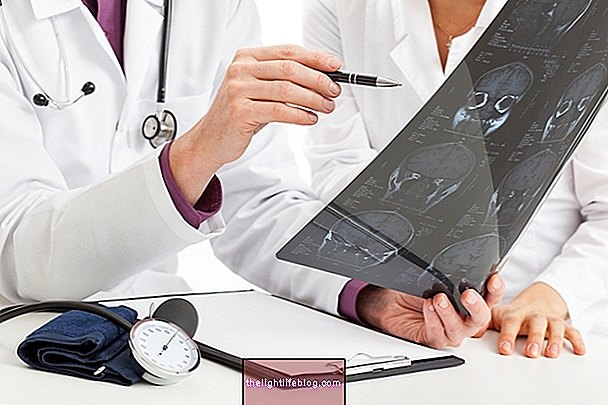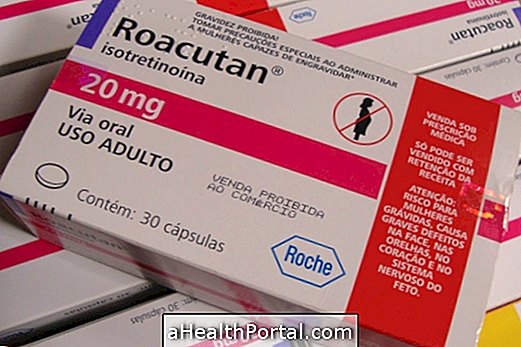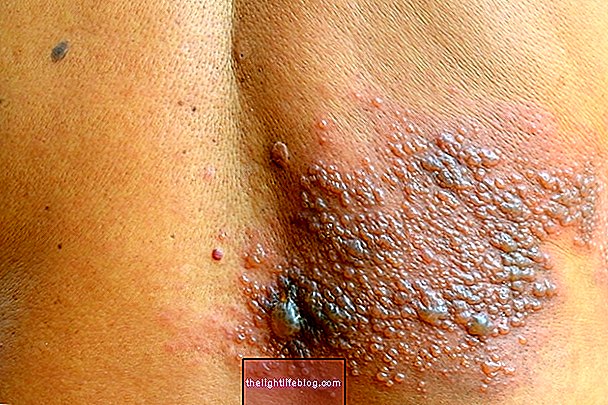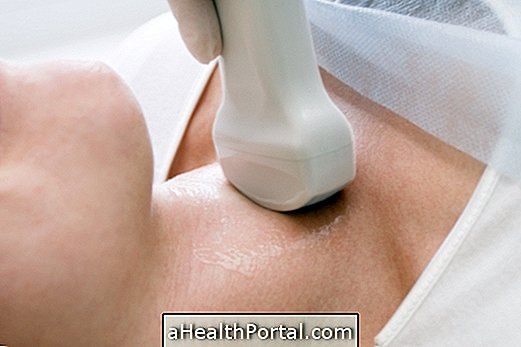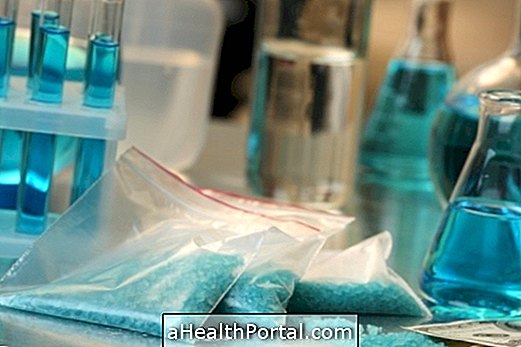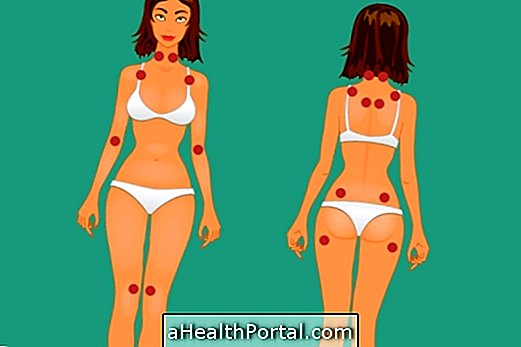To remove the scar from the skin, increasing its flexibility can be done massage or resort to cosmetic treatments with the use of appliances.
Small scars caused by chickenpox, a cut in the skin or a minor surgery are easier to solve, but it is also possible to improve the appearance of larger or older scars.
Massage to take off the scar


What you can do at home to loosen the grip of the scar is to massage the area with a little cicatricure, almond oil or rose hip, for example, with movements:
- Circulars, from side to side, up and down;
- Pressing the skin in the opposite direction and also in the same direction and
- The scissors movement consists of moving the scar in opposite directions.
This massage can be performed 2 times a week but should not cause pain because the goal is not to reopen the scar. However, it is normal for the region to get a little reddish after the massage. Each day it should be possible to observe that the scar becomes more malleable, looser and more elastic.
Here's how to do this other important massage in this video:

Aesthetic treatments to release scar
The best equipment is ultrasound and radiofrequency, but treatments can also be used with carboxitherapy, microneedle or subcision surgery. Equipment such as lasers are also good options to take away the redness while injecting corticosteroids on top of the scar or botox around you.
When the scar is old and stuck to the skin, it is not always possible to release the fibrosis points with the massage, and it is necessary to use heat treatments to increase the flexibility of the collagen.
The physical therapist will evaluate the scar, its height, color, shape and how much is adhered, indicating the necessary time of treatment, which can vary from one person to another. However, the most common is to require at least 10 sessions of physical therapy to leave the fine scar and the same skin color.
Because the scar gets stuck
The scar adherence is when the tissue under and around the scar is 'glued', being difficult to move it from one side to the other. This is because during healing the body produces too much collagen and fibrotic tissues in a disordered way.
The scar tissue is somewhat different from the rest of the skin, because the whole body has type 1 collagen which is more flexible, but in the case of the scar, there is formation of collagen type 3, which is harder, thus forming fibrosis, which results from a disordered growth of these fibers from the skin layers.
How to prevent the scar from sticking
Massaging the exact location of the scar and performing lymphatic drainage soon after undergoing surgery are excellent strategies to ensure good healing by causing fibers to regenerate in an organized manner.
So, once the stitches are removed, if you notice that the scar is tightly closed, it is recommended to moisturize the skin with moisturizing cream and massage it as follows:
- Place the index fingers and middle finger around the scar, and bring them closer together that will join the edges of the scar, avoiding its opening;
- Next, keep this 'clamp', holding the scar;
- Move the skin and muscle from side to side, across the length of the scar.
In a physiotherapy clinic a red light treatment can be performed that helps the healing of tissues in an orderly way, because the collagen fibers follow the direction of light exactly, promoting a more organized tissue, thus avoiding the formation of fibrosis, which is when the scar gets stuck.







